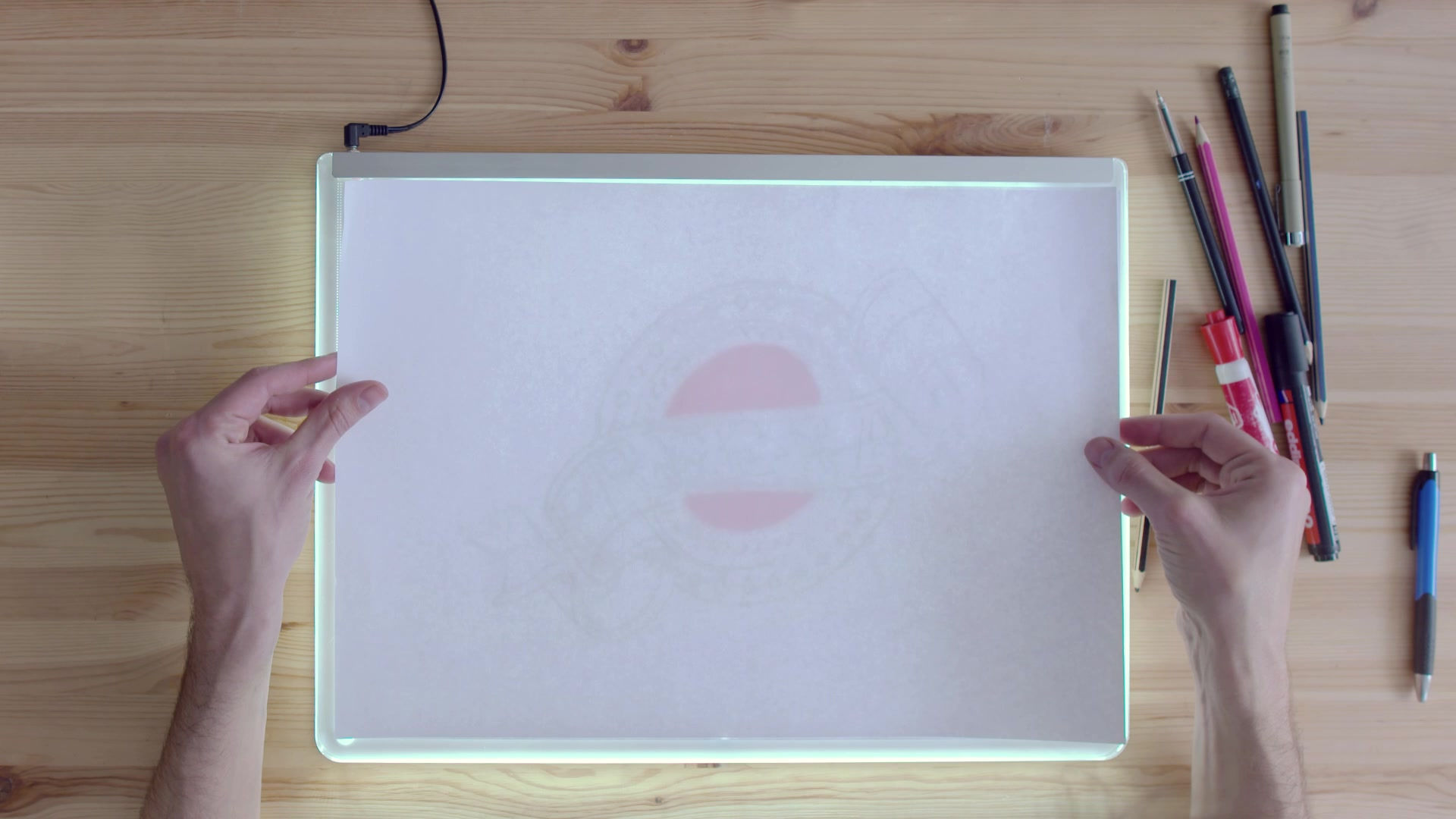
In the realm of healthcare, there exist many misconceptions and stereotypes, one of which revolves around the capabilities of Deaf doctors and nurses. It's often assumed that being Deaf poses insurmountable challenges in fields requiring precise communication and dexterity, such as surgery. However, this couldn't be further from the truth. In this article, we debunk these myths and shed light on the remarkable abilities of Deaf medical professionals.
The Myth of Limitations
Challenging Communication Stereotypes for Doctors, nurses, healthcare
There is a prevalent belief among some hearing medical professionals that Deaf doctors or nurses face insurmountable obstacles in effectively communicating with patients and colleagues. The misconception stems from a lack of understanding about alternative communication methods and the adaptability of Deaf individuals.
Underestimating Surgical Skills
Another common misconception is the belief that Deaf doctors lack the capability to perform surgeries due to communication barriers and supposed limitations in acquiring medical knowledge. However, this notion fails to recognize the ingenuity and resourcefulness of Deaf medical professionals.
The Reality of Deaf Medical Professionals
Enhanced Visual Perception
Deaf individuals often develop heightened visual perception as a compensatory mechanism for their hearing loss. This heightened visual acuity enables Deaf doctors and nurses to detect subtle cues and changes in patients' conditions, enhancing their diagnostic abilities.
Exceptional Attention to Detail
In healthcare, attention to detail can be a matter of life and death. Deaf medical professionals are renowned for their meticulousness and precision, attributes that are crucial in surgical procedures and patient care.
Utilization of Interpreters
To bridge the gap in communication between Deaf medical professionals and their colleagues or patients, various communication aids are utilized, such as Video Remote Interpreting (VRI) or in-person interpreters. These tools ensure effective communication and collaboration in healthcare settings.
The Success Stories
Dr. Philip Zazove
Dr. Philip Zazove stands as a beacon of inspiration in the medical community. In 1981, he shattered barriers by becoming the third certified deaf physician in the United States. Dr. Zazove's journey exemplifies the resilience and capability of Deaf medical professionals, paving the way for future generations.
Trusting in Ability: Encouraging Open-Mindedness
Overcoming Stigma
It's imperative for society to overcome the stigma and misconceptions surrounding Deaf medical professionals. By challenging these stereotypes, we create a more inclusive and diverse healthcare environment where everyone, regardless of their hearing abilities, is valued for their skills and contributions.
Embracing Diversity
Diversity enriches the healthcare landscape by bringing forth a multitude of perspectives and experiences. Embracing Deaf doctors and nurses not only fosters inclusivity but also promotes innovation and excellence in patient care.
Embracing Diversity in Healthcare
In conclusion, the notion that Deaf doctors and nurses are incapable of excelling in healthcare due to communication barriers is a misconception that undermines their abilities and contributions. Deaf medical professionals possess unique skills, including enhanced visual perception and exceptional attention to detail, which make them invaluable assets in the healthcare industry. By embracing diversity and challenging stereotypes, we can create a more inclusive and supportive environment where Deaf medical professionals thrive and continue to save lives. Let's open our minds, trust in their abilities, and pave the way for a more equitable healthcare future.























































Comments